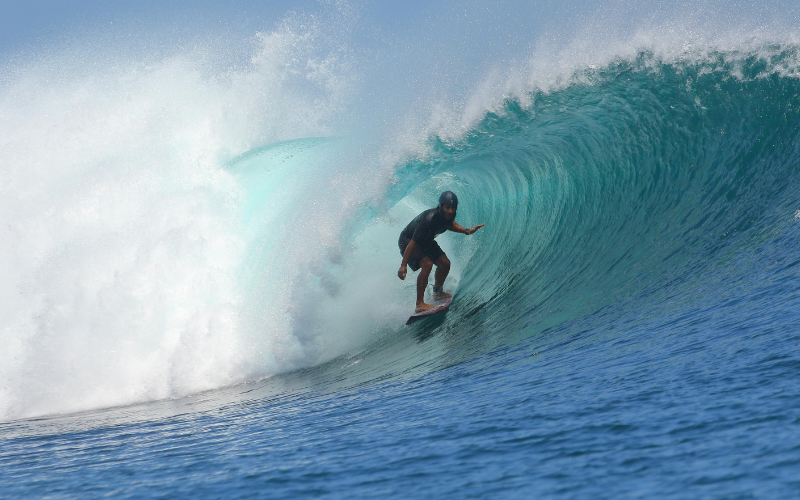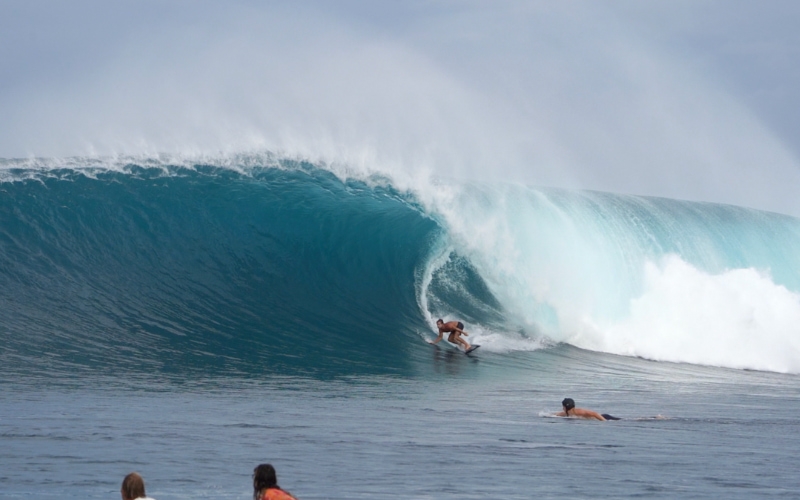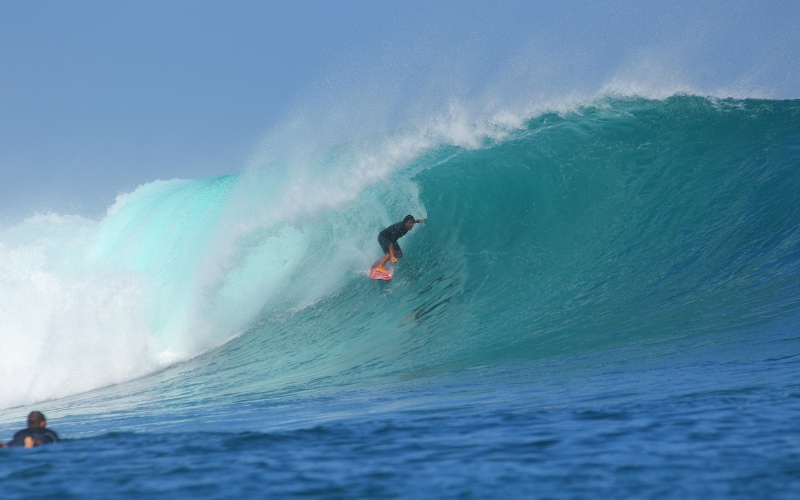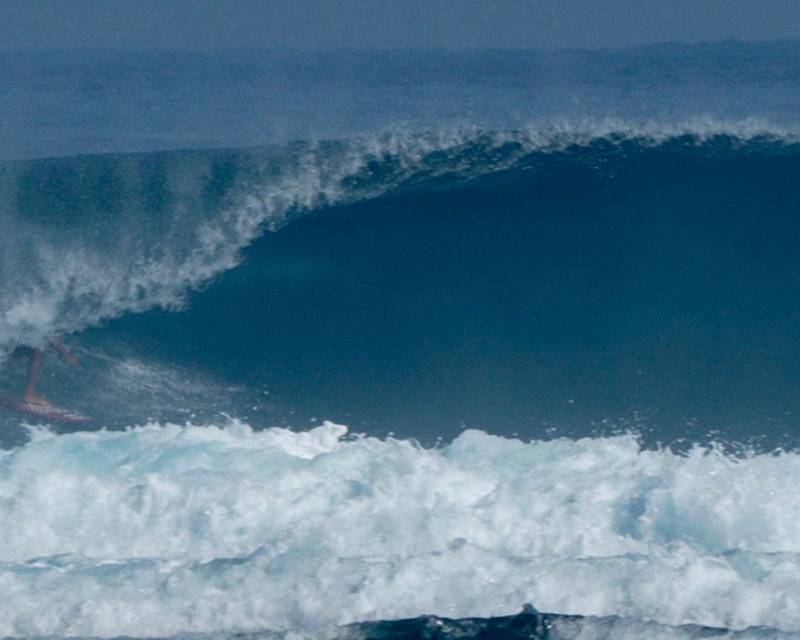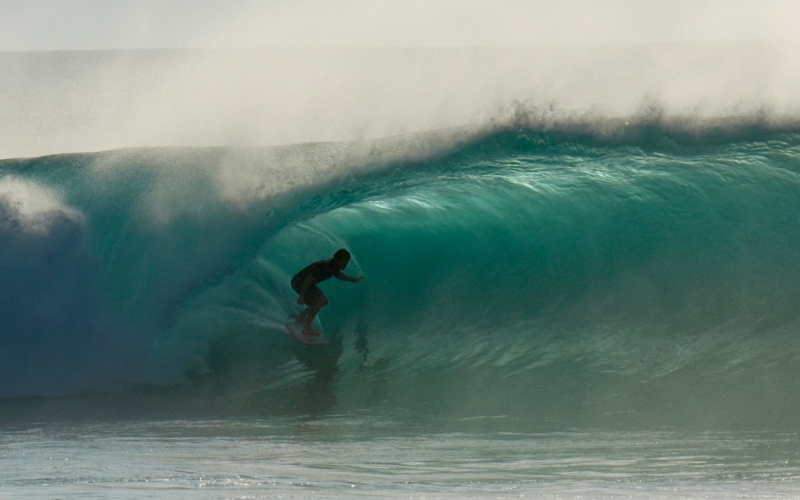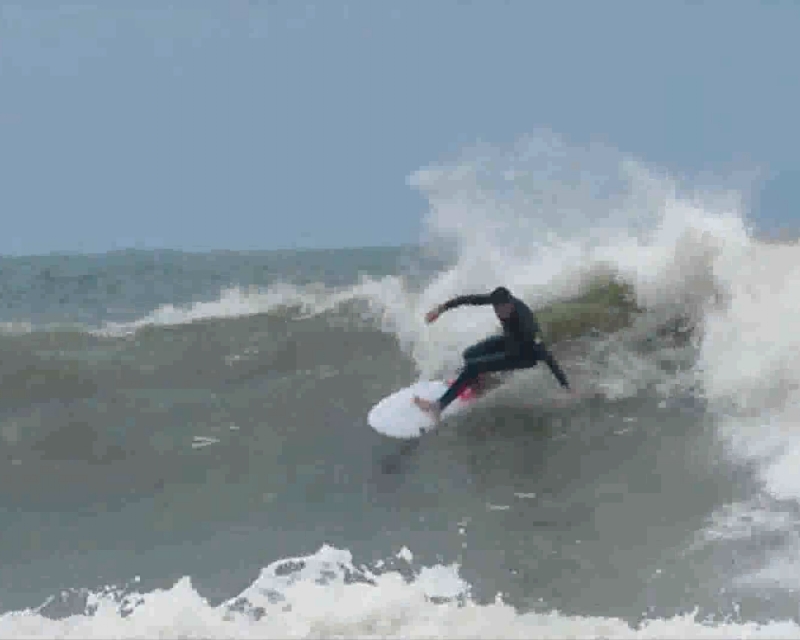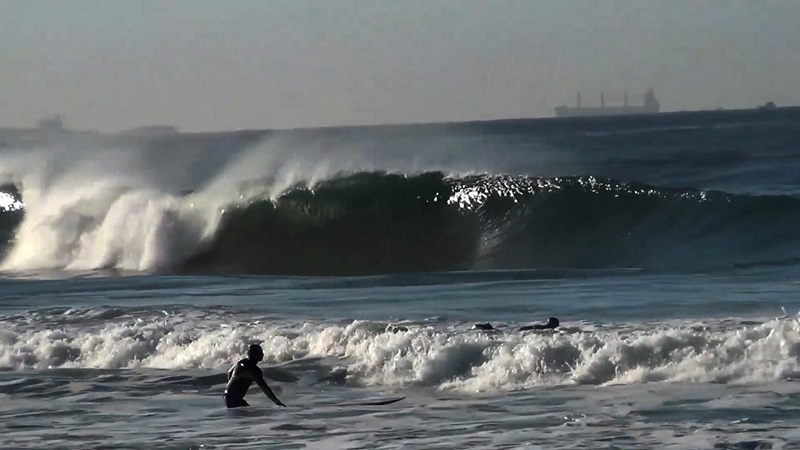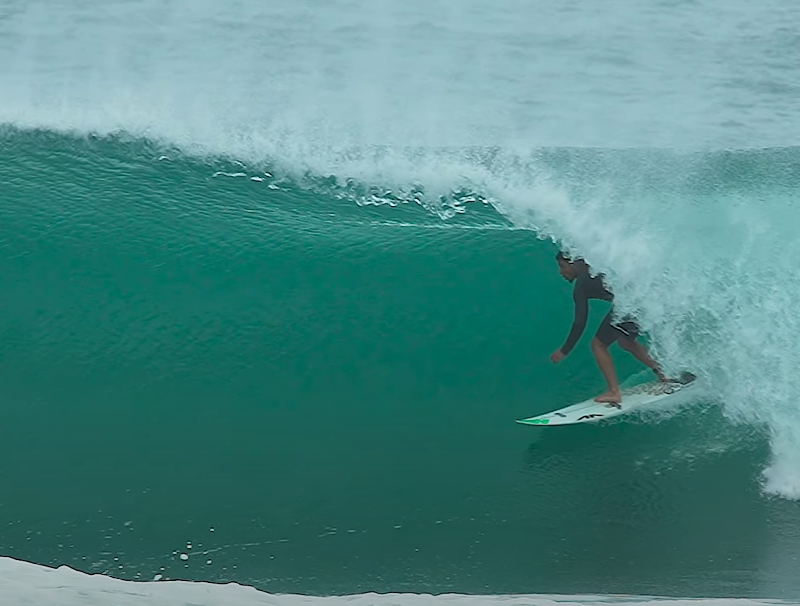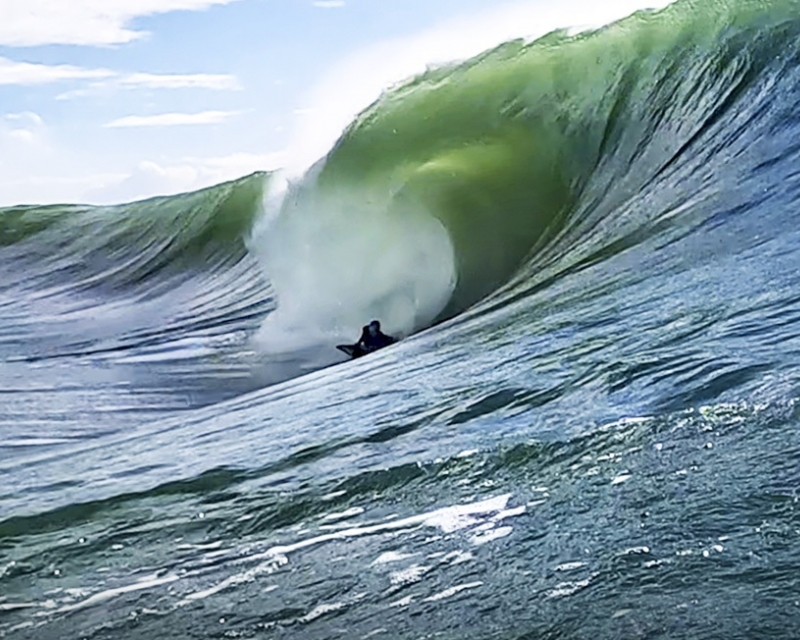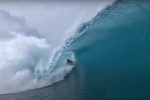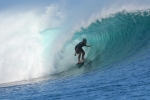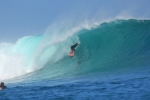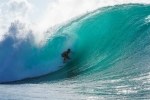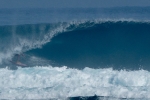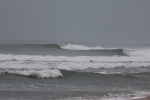Surfguru Generates Wave Forecast for Two Weeks
Surfguru runs the Wavewatch wave model to calculate wave prediction around the world on its own computers. With this advancement, we can now adjust the forecast for a more accurate calculation, as well as get more data.
21/Jun/2018 - SurfguruThe Wavewatch used in Surfguru is the third version of this powerful wave model, it was developed in the NOAA / NCEP labs in the spirit of the WAM model. The first version of the Wavewatch model was initially developed at the University of Delft in the Netherlands and the second version of Wavewatch was developed by NASA.
The third version of Wavewatch differs from its predecessors at many important points, such as wave-governing equations, model structure, numerical methods, and physical parametrization. In addition, the model evolved from a simple wave model to a wave modeling structure, which allows the easy development of additional physical and numerical approaches to wave modeling.
The version of Wavewatch used by Surfguru is latest version (4.18), released on March 19, 2014.
The Wavewatch III governing equations include wave field forcing and refraction due to temporal and spatial variations in mean water depth and mean currents (tidal currents, weather, etc.).
Wavewatch solves the random spectral balance equation of the phase density action for wave / direction number spectra. The implicit assumption of this equation is that the properties of the medium (the water depth and currents) as well as the wave field themselves vary in time and space scales that are much larger than the ranges of a single wave . As of version 3.14 some options of source terms for extremely shallow waters (burst zone) were included. Considering that the physics of the surf zone implemented so far is still rather rudimentary, it implies that the wave pattern can now be applied to shallower waters.
The grid resolution currently used in the Wavewatch Surfguru forecast is half a degree overall, identical to the forecast delivered by NOAA to the waters of the world, and previously used by Surfguru. The difference is that before Surfguru simply used the output (results of the round) of the model Wavewatch of NOAA, now Surfguru is using a machine of 32 processors of Intel to run the own model Wavewatch, in that the Surfguru can promote some adjustments, which could give more precision in the model result, and the first adjustment was to implement a grid of 1/4 degree (15 minutes), for the entire Brazilian coast to Argentina, thus, with this grid "nested" in the global grid , the accuracy of the forecast for the Brazilian coast is better than the accuracy of what NOAA currently delivers.
Over the next few months, more adjustments will be implemented in the Wavewatch model in Surfguru, making it more and more precise. This is an unprecedented breakthrough that Surfguru has achieved, and that would not have been possible without the help of an oceanographer who has worked with modeling for many years, and is currently an INPE researcher, I'm talking about André Lanfer, see what he talks about the new forecast.
